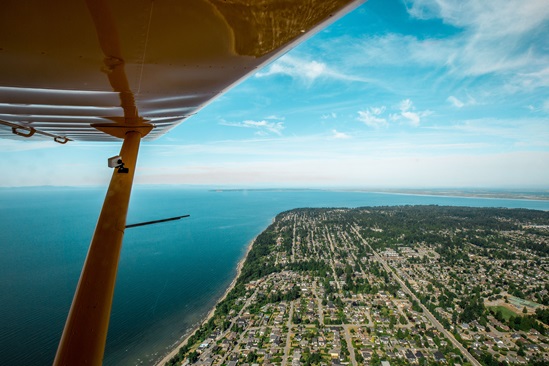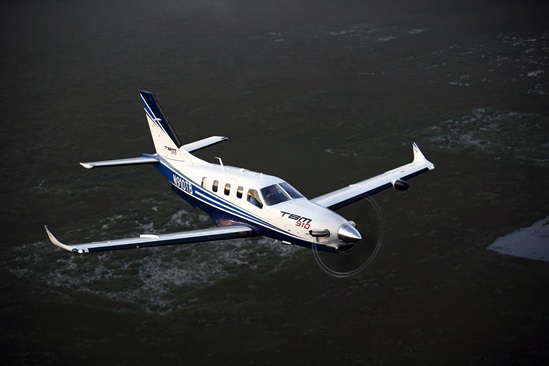Membership News & Notes
AOPA Fly-In at Bremerton ‘awesome’

“I thought it was awesome,” said Fred Salisbury, the airport director. “That back runway probably hasn’t seen aircraft for 50 years and it was packed with parked airplanes.” The airport’s second runway had long since been converted into a drag strip until it hosted overflow aircraft arriving for the event.
Bob Lima of Eureka, California, and his son Ryan camped out next to their Piper Cherokee Six along with 162 other campers. They awoke to a breakfast of pancakes, sausage, juice, and coffee provided by volunteers from the local Experimental Aircraft Association chapter.
The father and son piloted their Cherokee to nearby Paine Field for an exclusive Boeing VIP tour Friday that included stops at the Historic Flight Foundation and the Flying Heritage Collection in Everett.
“Oh, man, it’s been awesome,” echoed the younger Lima, who recently earned his instrument rating. “Just waking up to airplane noise. It’s the best alarm there is.”
The Historic Flight Foundation’s North American B–25 Mitchell bomber nicknamed Grumpy turned heads when its large radial engines kicked to life. The aircraft was on hand for scenic rides that “could accommodate six, with four up front and two in the rear,” said crew chief Bob Otero.
The Rusty Pilots Seminar buzzed with pilots learning how they can get back into the air. Across the ramp, experts from AOPA’s Pilot Information Center fielded frequently asked questions about the third class medical reform that President Obama signed into law July 15.
Student pilot Eduardo Jimenez was giddy as he climbed steps near the airport’s newly installed aviation-themed playground to snap a few photos. “For our little town to have something like this,” he said, “it just doesn’t happen every day.”
Products and Services: Pilot Protection Services
Know your responsibilities
Medications and the new regulations
By Gary Crump
With the passage of the FAA reauthorization bill that includes third class medical reform, many things will change for general aviation pilots who fly recreationally in aircraft that fall within the exemption category. About 90 percent of the general aviation fleet doesn’t exceed 6,000 pounds gross weight, 250 knots airspeed, or fly at altitudes higher than Flight Level 180.
The use of medications under the new regulations is generating many questions. For now, until the FAA publishes the notice of proposed rulemaking (NPRM) that may provide more details, medications that the FAA currently considers unacceptable for flying will continue to be disqualifying when new rules are implemented. The FAA reviews many medications to determine the possible adverse effects in the flight environment and their contraindications to safety. Medications can affect people differently, and drugs that may seem fairly innocuous on the ground can cause noticeable side effects at even relatively low general aviation altitudes of 3,000 to 4,000 feet msl. Although the FAA doesn’t publish a comprehensive list of medications, the online Guide for Aviation Medical Examiners does include a list of “Do Not Fly/Do Not Issue” medications for reference.
Another good source for medication information can be found on AOPA’s website, which explains the FAA policy regarding medication usage, and includes an extensive list of frequently prescribed medications and their status with the FAA. When the new regulations take effect in 2017, all of us who will be allowed to fly without the need for a current medical certification will need to be well-versed on our responsibilities under the regulations, particularly FAR 61.53 and 91.17, which address the use of medications while flying.
Gary Crump is the director of medical certification for the AOPA Pilot Information Center.
Products and Services: Insurance
And now the reality
Will medical reform affect your airplane’s insurance?
By Jim Pinegar
It’s worth saying again—the long-awaited medical reform for pilots is a reality! Soon a third class medical certificate will no longer be required to fly certain aircraft for noncommercial purposes. Pilots who have held a valid medical certificate any time in the decade prior to July 15, 2016, may never have to take another FAA medical exam.
Although the FAA has up to a year to develop and issue regulations before pilots can fly under the reforms, we at AOPA Insurance were eager to learn how medical reform would affect aircraft insurance. Nearly across the board, medical reform should have no negative impact on insurance coverage. What most of our carriers told us is that if a pilot is in compliance with the FAA regulations (including medical reform when finalized), then that pilot is in compliance with his or her insurance company’s requirements as well.
In most cases, the language in insurance policies won’t change. Many policies already state that a valid FAA medical, if required, must be in place for the airplane owner and, if the owner follows the new regulations, nothing will change. Of course, we spoke to the carriers with whom we partner on behalf of our members. When the FAA finalizes the regulations, check with your own airplane insurance carrier to determine their position on medical reform.
There’s more good news for AOPA members: Nearly 100 percent across the board, our carriers told us that they do not foresee any rate increases in insurance premiums because of medical reform. In more than a decade, insurance companies cannot cite any losses due solely to the medical condition of the pilot that would have been discovered from a third class medical exam.
Our insurance carriers are on board with medical reform. They will abide by the new FAA regulations and anticipate no required changes. That’s good news all around for the GA community.
Whether you own or rent, AOPA Insurance can talk your language and understand your unique flying and insurance requirements. Visit www.aopainsurance.org or call AOPA Insurance at 800-622-2672 to learn what coverage that is right for you.
AOPA Foundation: Air Safety Institute
The ‘Nall’ turns 25
The report brings welcome news
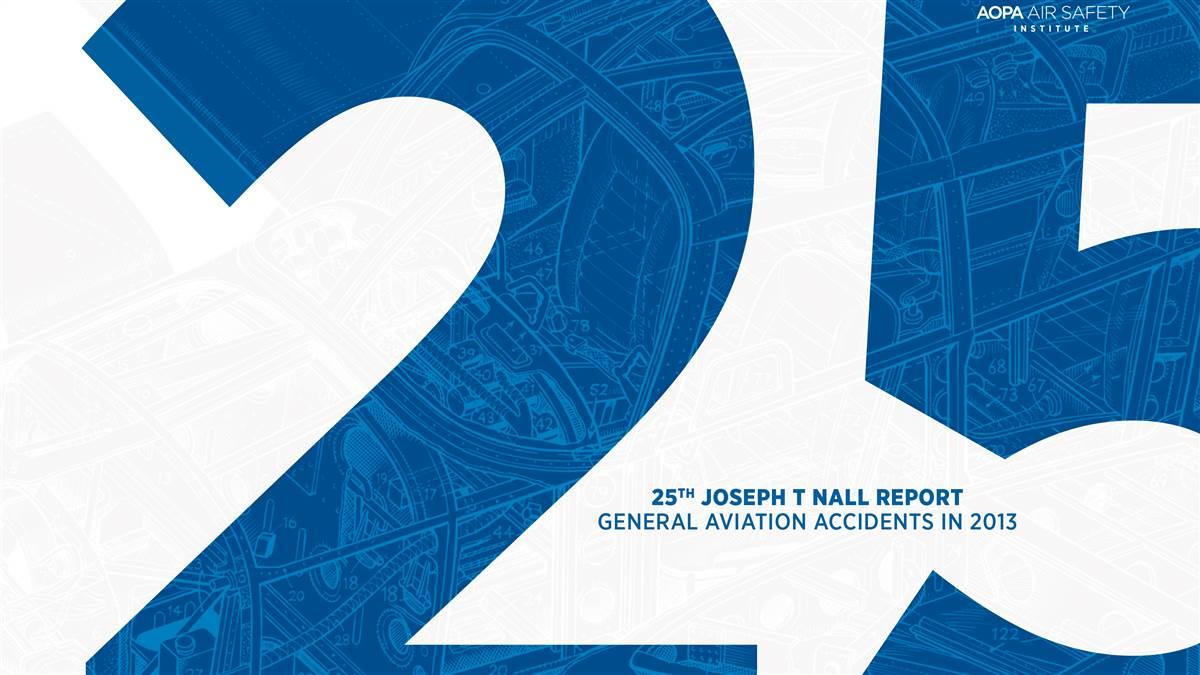 For a quarter century, the AOPA Air Safety Institute (ASI) has reviewed general aviation accidents to determine trends and identify needed safety improvements. The cornerstone guiding this effort is the Joseph T. Nall Report—dedicated to the memory of Joe Nall, a National Transportation Safety Board member who died in an airplane accident in Caracas, Venezuela, in 1989.
For a quarter century, the AOPA Air Safety Institute (ASI) has reviewed general aviation accidents to determine trends and identify needed safety improvements. The cornerstone guiding this effort is the Joseph T. Nall Report—dedicated to the memory of Joe Nall, a National Transportation Safety Board member who died in an airplane accident in Caracas, Venezuela, in 1989.
Celebrating its twenty-fifth anniversary, the report brings welcome news: A 12-percent drop in the rate of noncommercial fixed-wing accidents in 2013 included an 18-percent decrease in the fatal accident rate. Its accompanying 2014-2015 GA Accident Scorecard shows that this was not a fluke: The improvement was maintained in 2014, and 2015’s numbers look promising.
The GA industry views the Nall as “the book” on GA safety analysis, and a critical tool to measure trends and develop safety programs in response. For example, based on findings that unintended stalls and accidents during takeoffs, landings, and go-arounds are the biggest contributors to the overall accident statistics, ASI has responded with safety programs to help prevent these situations from developing in the first place.
But, how does ASI analyze complex NTSB data and turn it into the Nall? AOPA Air Safety Institute Statistician David Jack Kenny explains what goes into crunching the numbers and reviewing the accident trends and accident rates per hours flown.
“We extract the data: 10 years’ worth, ending in the year under analysis. We determine which foreign accidents qualify for inclusion—flights originating in or intended to end in U.S. airspace. We then cross-check the data for validity and consistency before it’s exported for analysis,” says Kenny.
Flight-activity estimates compiled from the results of the FAA’s annual GA activity survey allow Kenny and his team to adjust accident numbers for the amount of exposure. “Additional investigation fills in details for areas of particular interest, and compiles tallies of unusual accident types—for example, midairs. Finally, we write the narrative, including case studies,” Kenny says. Three rounds of editing and proofreading assure that the report is accurate and informative.
Download the Nall and its accompanying Score Card, and take the two-minute reader survey to let us know what you think.
Don’t take it for granted
Recognize complacency’s red flags
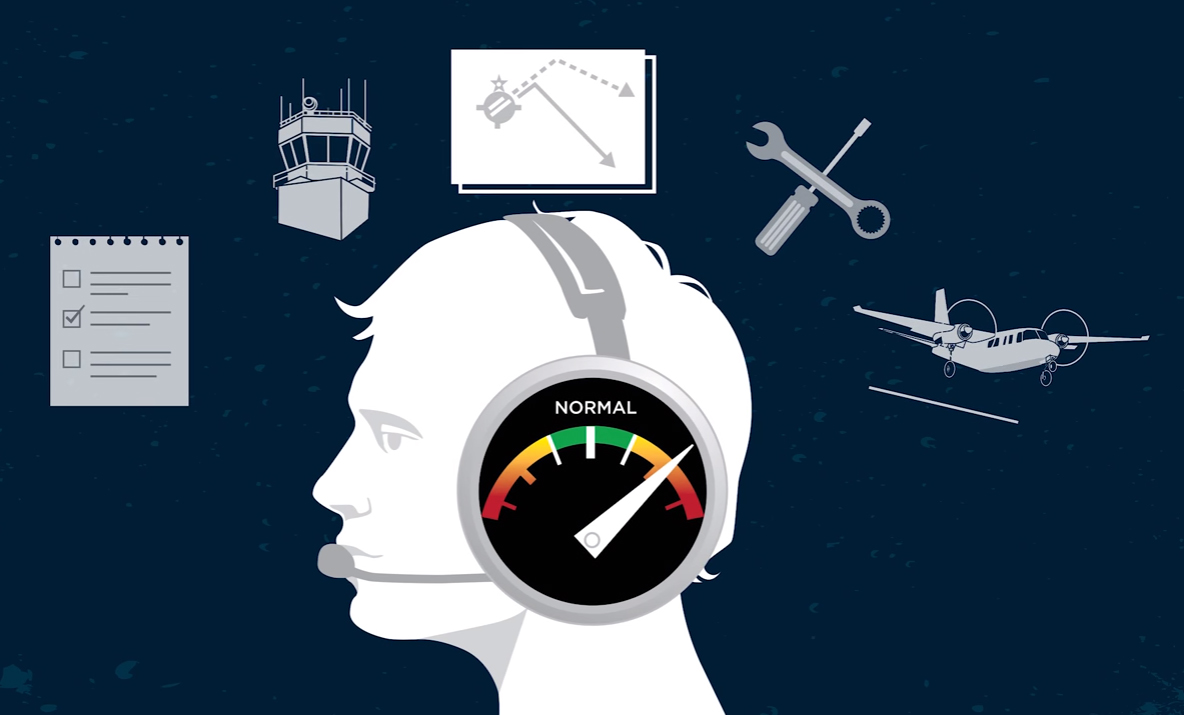 Performing the same tasks in the same way may lead us to overlook things we take for granted. Enter what should have been a routine flight the night of November 23, 2011: On board the Rockwell 690 Aero Commander were three adults and three children—all lost their lives when the twin-engine airplane hit terrain in the Superstition Mountains outside Phoenix, Arizona.
Performing the same tasks in the same way may lead us to overlook things we take for granted. Enter what should have been a routine flight the night of November 23, 2011: On board the Rockwell 690 Aero Commander were three adults and three children—all lost their lives when the twin-engine airplane hit terrain in the Superstition Mountains outside Phoenix, Arizona.
In Accident Case Study: Unintended Consequences, ASI looks at what led to the tragedy and how it may have been prevented. The case study reminds us to use tools like terrain awareness technology, departure procedures, and ATC flight following service when flying at night.
Please share this video so others may avoid a similar mishap.
Video brought to you by AOPA Insurance.
Bernoulli or Newton?
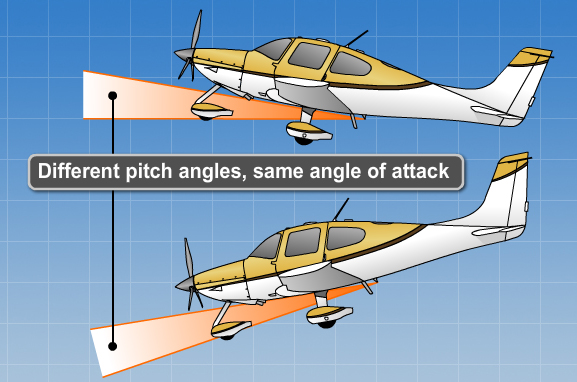 Understanding aerodynamic principles involving maneuvering flight doesn’t mean reciting dry textbooks and dense equations. You want to fly the airplane, not design it—but you also want to grasp Bernoulli’s and Newton’s laws.
Understanding aerodynamic principles involving maneuvering flight doesn’t mean reciting dry textbooks and dense equations. You want to fly the airplane, not design it—but you also want to grasp Bernoulli’s and Newton’s laws.
Review ASI’s recently updated Essential Aerodynamics: Stalls, Spins, and Safety online course and learn what defines critical angle of attack and why an airplane can stall at any airspeed and attitude. The course is optimized for tablet applications, so stop when needed and pick up where you left off to complete the quiz, get your certificate of completion, and earn Wings credit (www.airsafetyinstitute.org/aerodynamics).
From the Aviation Education Foundation.
Member Services: Tips from PIC
Ready to take the plunge
Aircraft buy/sell agreement: What should be in it?
By Patrick Timmerman and Ray Speciale
Perhaps you’ve been contemplating buying an aircraft for years, and now you finally are ready to take the plunge. You’ve talked with the seller, who mentioned a deposit, and you’ve decided you need help drawing up a buy/sell agreement. Getting qualified legal counsel is your next step.
An aircraft buy/sell agreement is an important legal document and there is a lot of information to include, such as the purchase price, handling of deposits, description of the aircraft, warranties on the aircraft condition, procedures for prepurchase inspections, selection of and payment to a title and escrow company, insurance, taxes, and dispute resolution. AOPA has a template agreement that could help you and your lawyer get started (see www.aopa.org/go-fly/aircraft-and-ownership/buying-an-aircraft/forms-for-buying-and-selling-aircraft/sample-purchase-sales-agreement).
There’s more to think about than just the agreement; talk with your lawyer about which form of ownership is best for you (individual, co-ownership, corporation, or limited liability company), as well as insurance and the possible tax consequences of the aircraft purchase. A title and escrow company can work with you and your lawyer to ensure that title is clear and all documents are correctly prepared, in place, and properly filed with the FAA at closing. AOPA recommends the title and escrow services of our strategic partner, Aero-Space Reports.
If you are a member of AOPA’s Pilot Protection Services plan, you can use the one hour of legal consultation provided with the Basic plan or the two hours provided with the Plus plan to assist with your aircraft purchase.
For more information, view a recent webinar on aircraft purchasing. If you need help finding an aviation attorney in your area, AOPA can help with a referral, so give us a call at 800-USA-AOPA (872-2672), Monday through Friday, 8:30 a.m. to 6 p.m. Eastern time.
ANSWERS FOR PILOTS
Cuba travel update
By Kathy Dondzila
Cuba is still closed to tourism (you can’t visit just for fun); however, it is welcoming visitors under a special license or qualifying under a general license in one of these 12 categories: Family visits; official business for the U.S. Government, a foreign government, or certain intergovernmental organizations; journalistic activity; professional research and meetings; educational activities; religious activities; public performances, clinics, workshops, athletic and other competitions, and exhibitions; support for the Cuban people; humanitarian projects; activities of private foundations or research or educational institutes; exportation, importation, or transmission of information or information materials; authorized export transactions.
A valid passport is required. The traveler also may need a visa. Current regulations allow U.S.-registered aircraft up to a seven-day stay and flights must be IFR. It is legal to use U.S. credit and debit cards in Cuba; however, the economic infrastructure doesn’t widely support them—so bring cash. There is no limit on normal travel expenses, such as hotel and food, but most other transactions are prohibited. Up to $400 in goods may be brought back to the U.S., with a combined cap of $100 on alcohol and tobacco products. Cuba requires visitors to have non-U.S. medical insurance, and sells a temporary policy. An updated list of FAQs is available on AOPA’s website.
Call us Monday through Friday, 8:30 a.m. to 6 p.m. Eastern time, 800-USA-AOPA (872-2672) or email [email protected].
Kathy Dondzila is AOPA technical communications manager and an instrument-rated private pilot.
